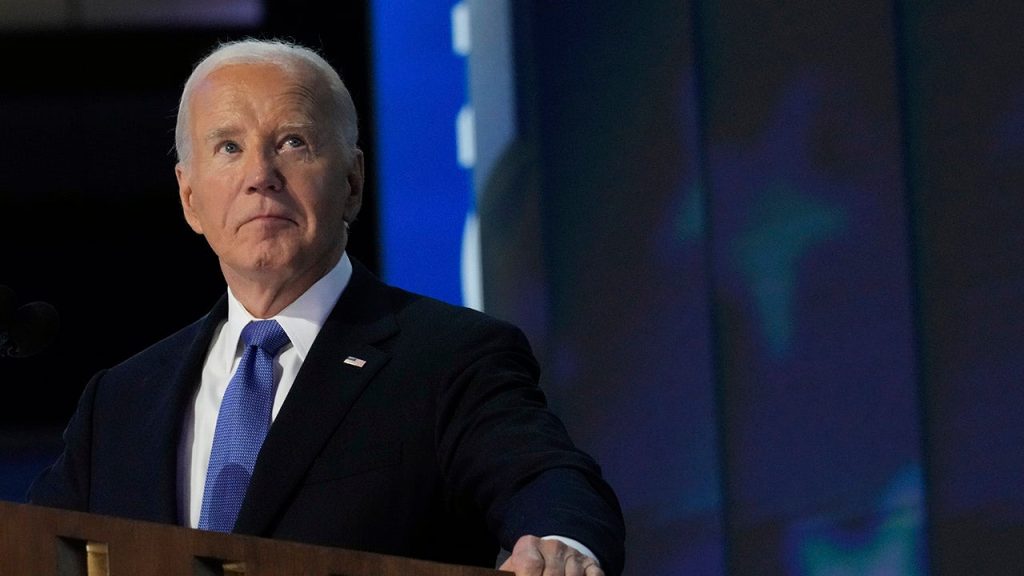President Biden approved a change to the U.S. nuclear posture in secret in response to growing aggression from nations like Russia and China. The White House spokesperson clarified that this was not a response to any single entity or threat, but part of the routine Nuclear Posture Review and Nuclear Weapons Employment Planning Guidance. The Department of Defense had previously released a strategy focusing on integrated security threats, with China as the primary concern and Russia second. Despite China’s increasing nuclear capabilities, Russia and the U.S. still possess significantly more nuclear warheads.
China has more than tripled its nuclear stockpile since last year, reaching some 400 warheads in its stockpiles according to the Pentagon. This has raised concerns about the growing nuclear capabilities of China, but Russia and the U.S. together still possess over 90% of the world’s nuclear stockpiles. The White House has stressed the importance of reducing nuclear risk and resolving differences through arms control diplomacy. The guidance remains classified, but an unclassified revision is expected to be provided to Congress before Biden leaves office next year.
In response to the reported changes in U.S. nuclear strategy, China stated that it was “gravely concerned” and emphasized that it has no intention of engaging in an arms race with other countries. The Chinese foreign ministry spokesperson criticized the U.S. strategy of deterrence and accused Washington of failing to uphold its commitment to disarmament. The White House reiterated that the guidance issued in March reflects continuity more than change and is part of ongoing efforts to enhance deterrence and reduce nuclear risk through diplomacy.
Questions have been raised about potential changes to the U.S. nuclear strategy following reports of a shift in focus towards China. The Department of Defense had previously outlined an integrated approach to security threats, with China as the primary concern. The U.S. is expected to update its policies in response to emerging geopolitical conditions and remains committed to arms control diplomacy. Despite the concerns surrounding China’s growing nuclear capabilities, the U.S. and Russia continue to possess significantly more nuclear warheads, highlighting the need for ongoing efforts to reduce nuclear risks and enhance deterrence.
The White House emphasized that the guidance issued in March was part of the routine Nuclear Posture Review and Nuclear Weapons Employment Planning Guidance. The Department of Defense had previously outlined an integrated approach to security threats, with a focus on China as the primary concern. China’s nuclear stockpile has more than tripled since last year, raising concerns about its growing capabilities. The U.S. and Russia still possess the majority of the world’s nuclear stockpiles, underscoring the need for ongoing efforts to enhance deterrence and reduce nuclear risks through diplomacy and arms control. China has expressed concerns about the reported changes in U.S. nuclear strategy, emphasizing its commitment to avoiding an arms race and calling on Washington to uphold its disarmament commitments.


